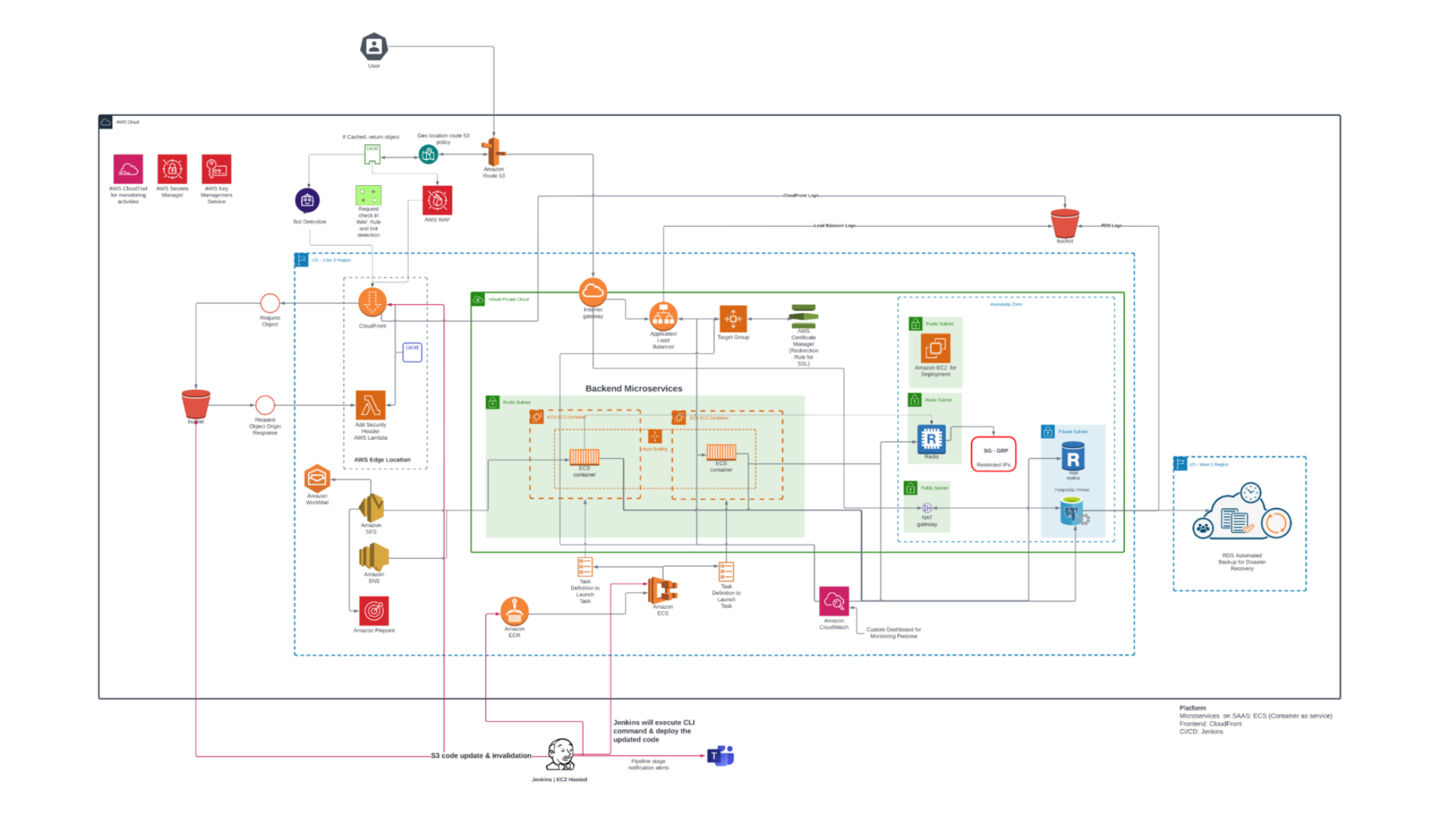Download the case study
A scalable parking and valet management system
Category: Sports, Entertainment
Services: Headless CMS, Ecommerce Development
Category: Sports, Entertainment
Services: Headless CMS, Ecommerce Development

Tag B Group is well-known transportation, parking, garage management, and valet service provider based in Washington, D.C. It wanted to create a scalable solution to maintain a full parking and valet management system for multiple users.
Intuitive and engaging applications:
Secure and robust architecture:
User modules & business dashboards:
Payment & refund management:
Integration with LPR camera:
Easy and secure Infrastructure management:
Manage common access:
Provided a reliable and secure code:

Amazon RDS:
Amazon ECS:
AWS Task Definition:
AWS Lambda & Lambda Edge Security Headers:
S3 Bucket:
Amazon CloudFront:
AWS SES & SNS:
Amazon ECR:
Application Load Balancer:
Monitoring: